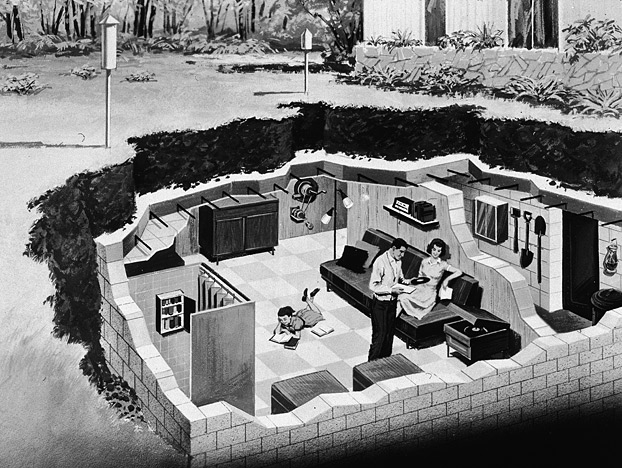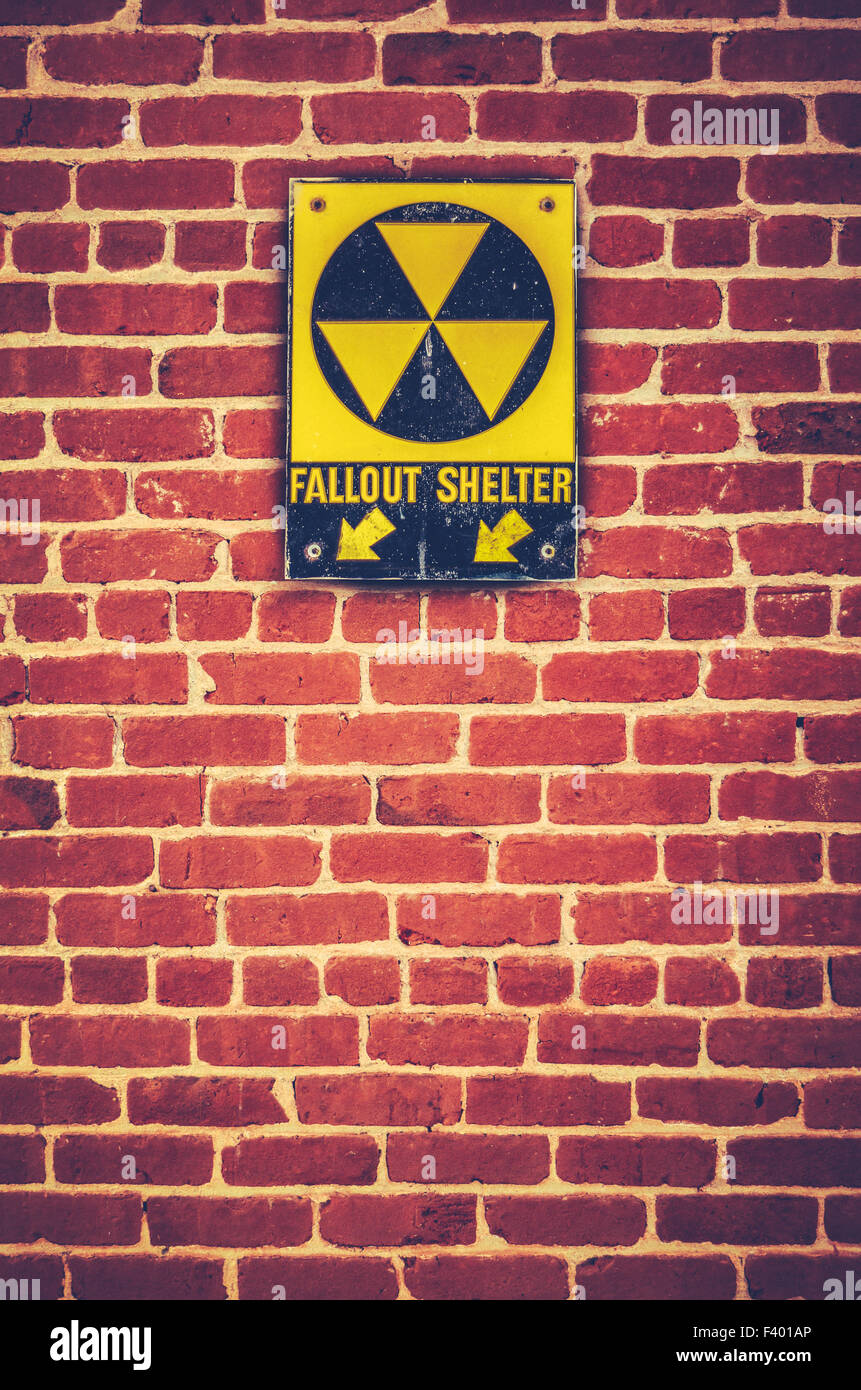


"Another angle is that men who are determined to put up a last ditch fight stand a better chance of doing so today in swamp or jungle or mountain wilderness, than behind fancy fortifications," one unnamed columnist wrote. Several columns were written for the Advertiser and some people began to theorize the best way forward if the city was attacked. Less than two weeks later, Montgomery City-County Civil Defense Department said it would survey possible shelter locations in the city.īy late 1952, the people of Montgomery began to voice their opinions about the possibility of a nuclear war. The officials didn't name any cities in particular, but that announcement helped kick off a growing frenzy of civil preparedness in the face of nuclear war. That announcement was accompanied by a manual to help cities conduct block-by-block surveys and build shelters. "Potential American target cities now provide protection from possible atomic bomb attacks for only two million persons, but alterations to present buildings could boost this to give safety to 15 million people," said the Federal Civil Defense Administration in an Associated Press story from March 24, 1952. Maxwell Air Force Base's proximity frightened citizens, who were often reading international news, columns and local stories about atomic bombs, war, the USSR and civil defense.Ĭivil defense may be foreign to younger readers, but the idea that cities and states needed their own preparations in case of war used to be commonplace. Starting in the 1950s, Montgomery residents were worried about the fallout and devastation of a nuclear strike.


 0 kommentar(er)
0 kommentar(er)
